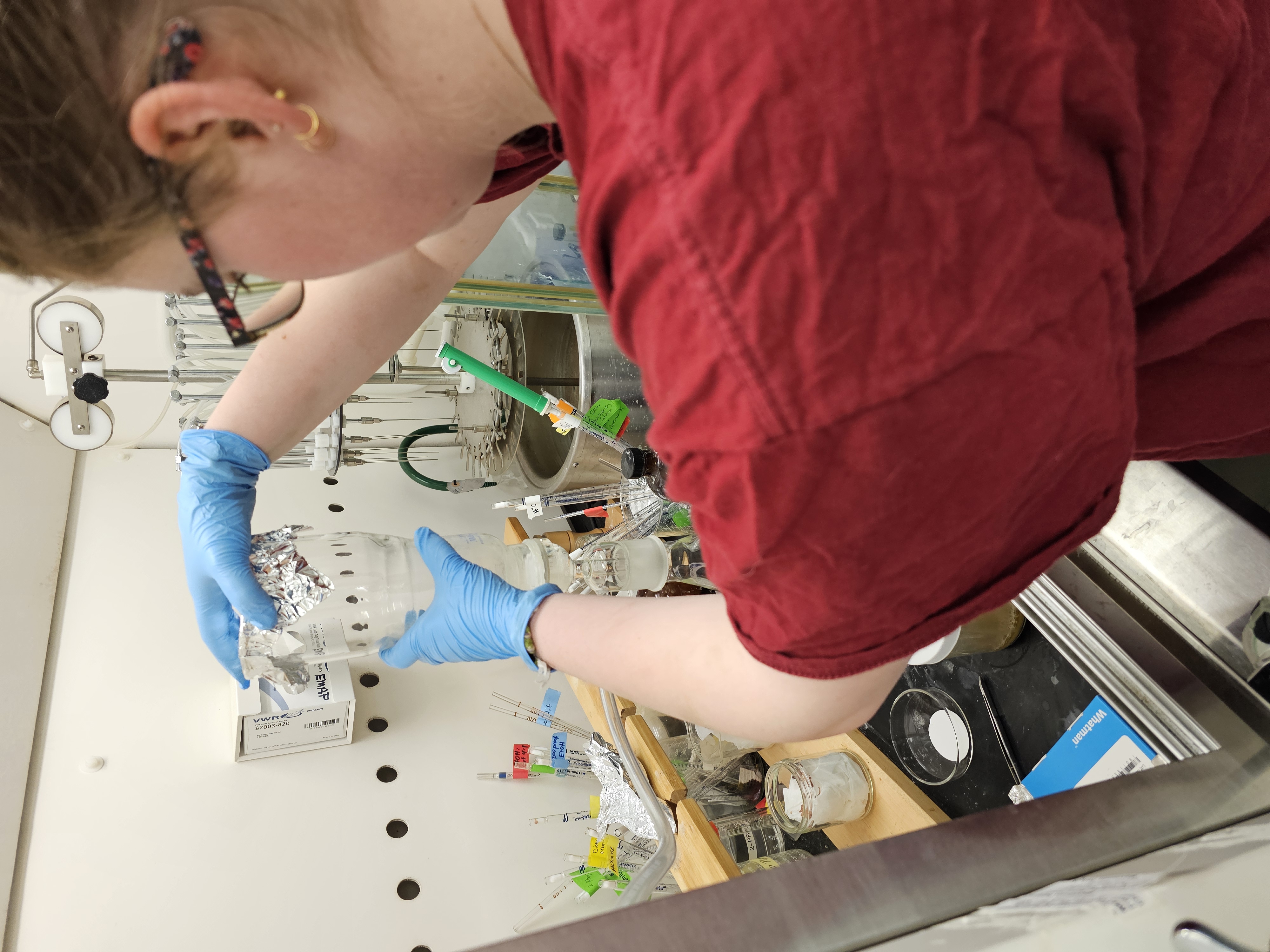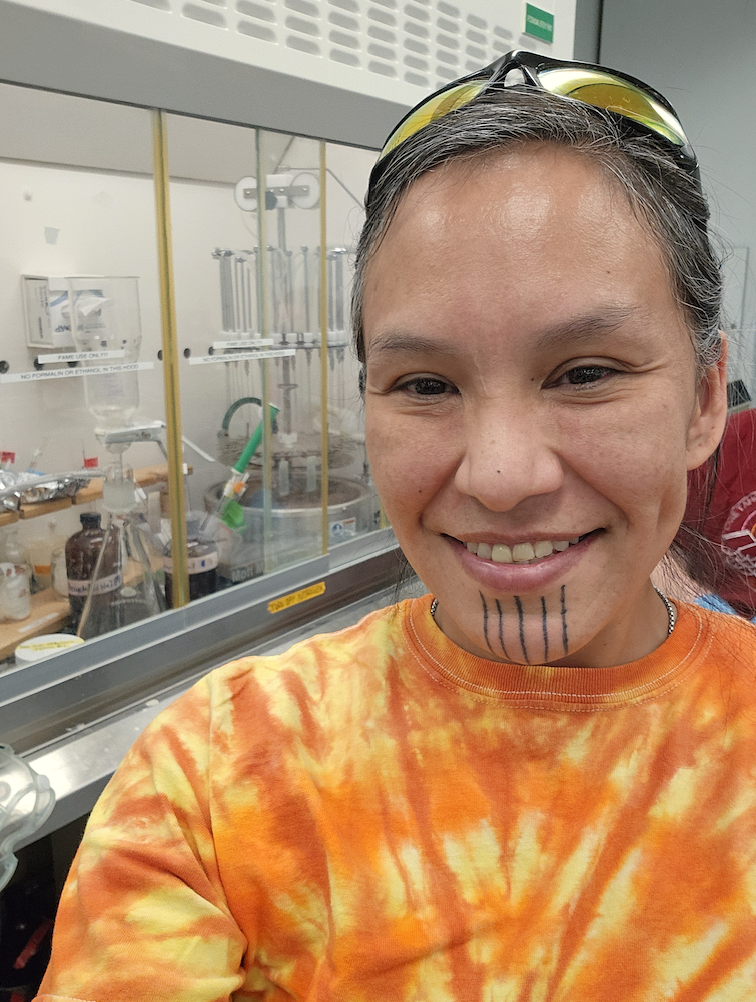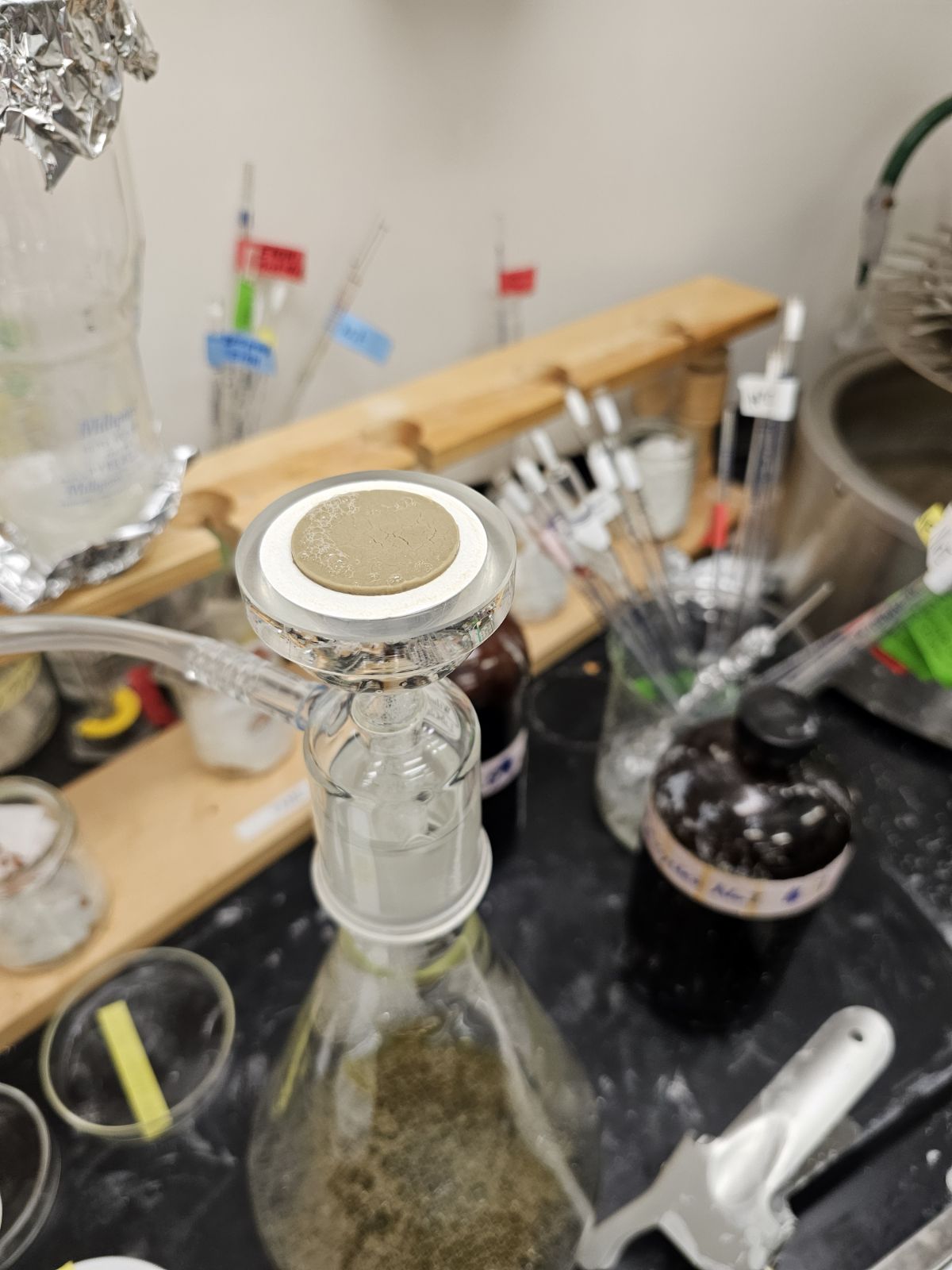Tyra Best & Cara Roberts
Examination of microplastic content in Stellar sea lions (Eumetopias jubatus) and Cassin's auklets (Ptychoramphus aleuticus)
UAF Seniors
B.S. Fisheries and Marine Science//. B.A. Fisheries and Ocean Sciences

Cara and Tyra are Summer 2024 Group Project Award recipients.
Under the mentorship of Kit Cunningham, Wildlife Biology and Conservation graduate student, this project documents and compares the microplastic content and quantity in the diets of Steller sea lions and Cassin’s auklets. Due to their distinct diet differences, this comparison will allow for a more holistic understanding of microplastic accumulation within the marine food web and where microplastic accumulation might be occurring.
Marine debris and microplastics quantities in the ocean are predicted to triple in the next 35 years (Lebreton, 2019). Understanding where plastic is entering the marine food chain is key in understanding which species might need additional protection or conservation. Tyra and Cara's project is novel because it compares microplastic composition and concentration between two species that forage in the same area, but each feed on a distinctly different portion of the marine food web. A comparison between the two species will provide insight to where in the marine food web is most vulnerable to microplastic integration.
How is your project going so far this year?
TB: The project is going great! We (myself and my partner on the project Cara) are learning many new things about not only our microplastic content in our samples, but also the process by which we are able to filter those microplastics out. There have definitely been some learning curves and points of error that we have have discovered along the way but we have worked though them and discussed amongst ourselves and with our mentor the best way to document them and change up our method of processing to make sure what we get out of it is as accurate and representative as possible
CR: I love this project and hope to study microplastics in the marine environment further in the future. I have learned much about filtration, incubation, and looking for foreign objects using a microscope. The process takes time, but learning and engaging in it is so much fun. Working with my partner has been engaging and we have had fun learning the process together. Where I lack, my partner has my back, and vice versa. This is one of my first in-depth research projects, and it has been nothing but a great learning experience.

How did you find out about URSA and what encouraged you to submit an application for funding?
TB: I had originally heard of URSA when I first arrived at UAF but I was unsure how the process worked, uncertain what kind of project I would want to do, and did not know how I could start on a project. I saw a flyer sent out in the CFOS email group about a microplastics project and so I applied. I met with the project mentor, Kit Cunningham, was brought on to work with her on this project, and then was encouraged to apply for URSA funding for the summer semester.
CR: I was emailed a flyer about the project, I applied for the position, and it fit! I study krill taxonomy in another lab under the guidance of UAF faculty, and Cassin Auklets predominantly eat krill. I have seen an exoskeleton in one of my filters, and it was fantastic to find it intact. I am eager to see if any microplastics have been found in the gular pouches. I am strengthening my resume and knowledge for future projects by working with Cassin Auklets' gular pouches and the filtration process. I hope to apply this knowledge to krill research in the future.
How does your URSA project relate to your career or personal goals?
TB: I am a marine sciences major, and my concentration is in oceanography. I took on this project as a starting point to gain some experience within a lab setting and dealing with things (such as the microplastics that we are studying) that I might see later on in my career. I love working in labs, so working on this project and having a tie to the marine science field I felt it would align well with what I've been wanting to gain experience in and open new doors for future endeavors as I am still uncertain where my studies will take me.
CR: I want to study microplastics at the 2nd trophic level at some point. I study krill taxonomy and would like to apply this process to the krill species found in Alaska. I can strengthen my knowledge and use it in future microplastic research projects by working on this project. I am gaining knowledge of high technology (microscope use). I am close to being complete with my B.A. in Fisheries and Ocean Sciences, and this project has strengthened my knowledge of deep science work within the marine environment. I hoping to find further projects in the future where I can apply my knowledge.

If you could share one piece of advice with students interested in pursuing URSA in the future, what would you say?
TB: I would say that if you've found something that you're passionate about and want to delve more into it, send in a project application. You are bound to get useful advice from the URSA coordinator on how you might be able to better your project and just doing the application itself will help narrow down some possible broader aspects of your project into something that would be manageable and, overall, make you think about your project in different perspectives. Take that first step; big or small, that step towards working and learning something new is still a step in the eyes of research!
CR: Take the chance and apply for research projects. You will be engaged with a great support network as you study and work on your project. Take your time and ask questions if you need clarification on the details. Write everything down, including your start and end times. This has been very helpful for me. Communication with my project lead was needed at times when I felt stuck. Be bold and willing to try new things, pay attention to the little things, stay organized, and be happy to be in such amazing projects ahead of you. The future is yours.


